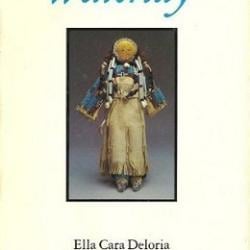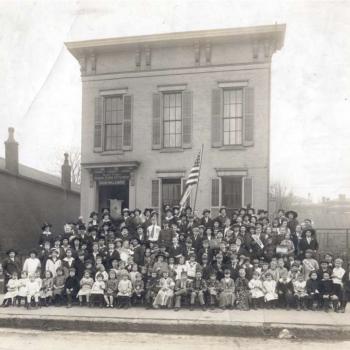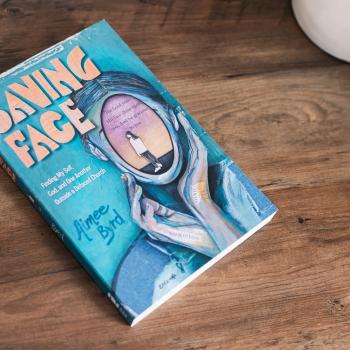I wrote last month about my new course on the United States in Global Perspective that I am teaching through the lens of Science, Technology, and Medicine. What I didn’t mention is that all the books for the course were written by women. Weirdly, this is a total coincidence. I just picked particularly readable books on the topic–that also raise important ethical questions. But it’s perfect for women’s history month! So, without further ado, if you are looking for a great read this month, might I recommend one of these…
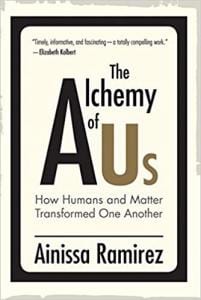 The Alchemy of Us: How Humans and Matter Transformed One Another, by Ainissa Ramirez (MIT, 2020)
The Alchemy of Us: How Humans and Matter Transformed One Another, by Ainissa Ramirez (MIT, 2020)
My students love this book. Ramirez is a dynamic writer who brings alive the process of technological innovation–and its unexpected results. Covering inventions as diverse as steel, telegraphs, and reinforced glass, Ramirez deftly highlights what has been gained and what has been lost as humans seek to alter the world around us.
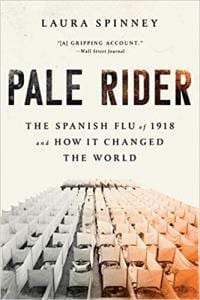 Pale Rider: The Spanish Flu of 1918 and How It Changed The World by Laura Spinney (PublicAffairs, 2017)
Pale Rider: The Spanish Flu of 1918 and How It Changed The World by Laura Spinney (PublicAffairs, 2017)
Admittedly not an upper, but extremely engaging. And such important context for our current pandemic. My students continually remark on the astonishing similarities between what we are experiencing now and the world of 100 years ago that Spinney recreates. And she published the book in 2017. Spinney excels at tying together the experiences from across the globe.
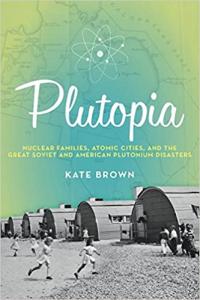 Plutopia: Nuclear Families, Atomic Cities, and the Great Soviet and American Plutonium Disasters by Kate Brown (Oxford, 2013)
Plutopia: Nuclear Families, Atomic Cities, and the Great Soviet and American Plutonium Disasters by Kate Brown (Oxford, 2013)
A fascinating side-by-side comparison of Richland, Washington and Ozersk, Russia–the first two cities in the world to produce plutonium. The two great Cold War powers, the United States and the Soviet Union, approached developing atomic weaponry with eerie similarity: they established closed-off cities for plant workers, almost Truman Show-like, that allowed the governments to keep a lid on leaks, both metaphorical and literal.
*For anyone concerned about my students being deprived of male voices, the class reading list also includes two excellent edited collections of primary sources from a diverse group of both men and women in the past. And both were edited by women! OK, ok, one of them was co-edited by a woman and a man, two of my dear colleagues to be exact: The United States in Global Perspective: A Primary Source Reader, eds. Julie K. deGraffenried and Stephen M. Sloan (Baylor, 2020), and The Influenza Pandemic of 1918-1919: A Brief History with Documents, ed. Susan Kingsley Kent (Bedford/St. Martin’s, 2013).





